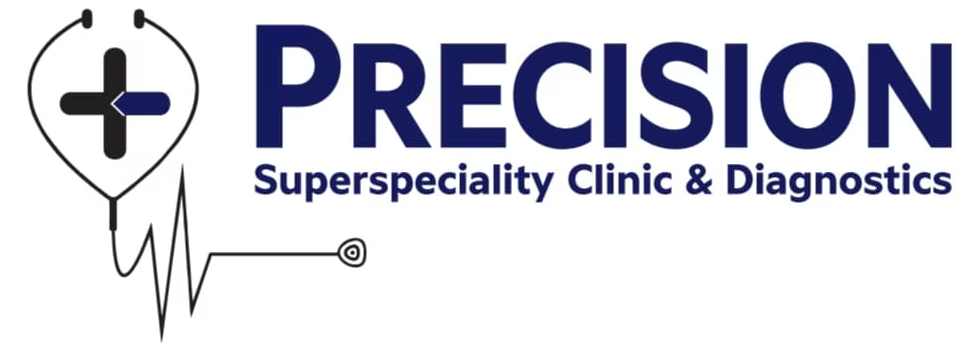Liver elastography is a non-invasive medical imaging technique that measures the stiffness of the liver. It helps diagnose and monitor liver diseases, such as liver fibrosis and cirrhosis. How Does Liver Elastography Work? Liver elastography uses low-frequency vibrations or ultrasound waves to assess liver stiffness. The stiffer the liver, the more likely it is to have fibrosis or scarring. Benefits of Liver Elastography - Non-invasive: no needles or surgery required - Painless: quick and comfortable procedure - Accurate: provides reliable measurements of liver stiffness What is Liver Elastography Used For? Liver elastography is used to: - Diagnose liver disease: detect liver fibrosis and cirrhosis - Monitor disease progression: track changes in liver stiffness over time - Evaluate treatment effectiveness: assess response to treatment Types of Liver Elastography - Transient Elastography (TE): uses ultrasound waves to measure liver stiffness - Magnetic Resonance Elastography (MRE): uses MRI technology to assess liver stiffness

This is your website preview.
Currently it only shows your basic business info. Start adding relevant business details such as description, images and products or services to gain your customers attention by using Boost 360 android app / iOS App / web portal.
917977870939
Have any question or need any consultation?
Online appointment booking is not available right now.
Your enquiry
Your contact info
Appointment Confirmed
Your appointment ID is
| Doctor Name: | |
| Date & Time: | |
| Contact: | +918048057859 |
| Address: | 52/53,3rd Floor ,Mahavir Center, Above Golden Punjab ,Sector 17, Vashi, Navi Mumbai, Maharashtra |
| Appointment fee: | |
| Payment mode: | |
| Join video call at: |
Thanks for choosing us.Your appointment details has been shared on your mobile number as well. Please arrive atleast 10 minutes ahead of the scheduled time.
Success
